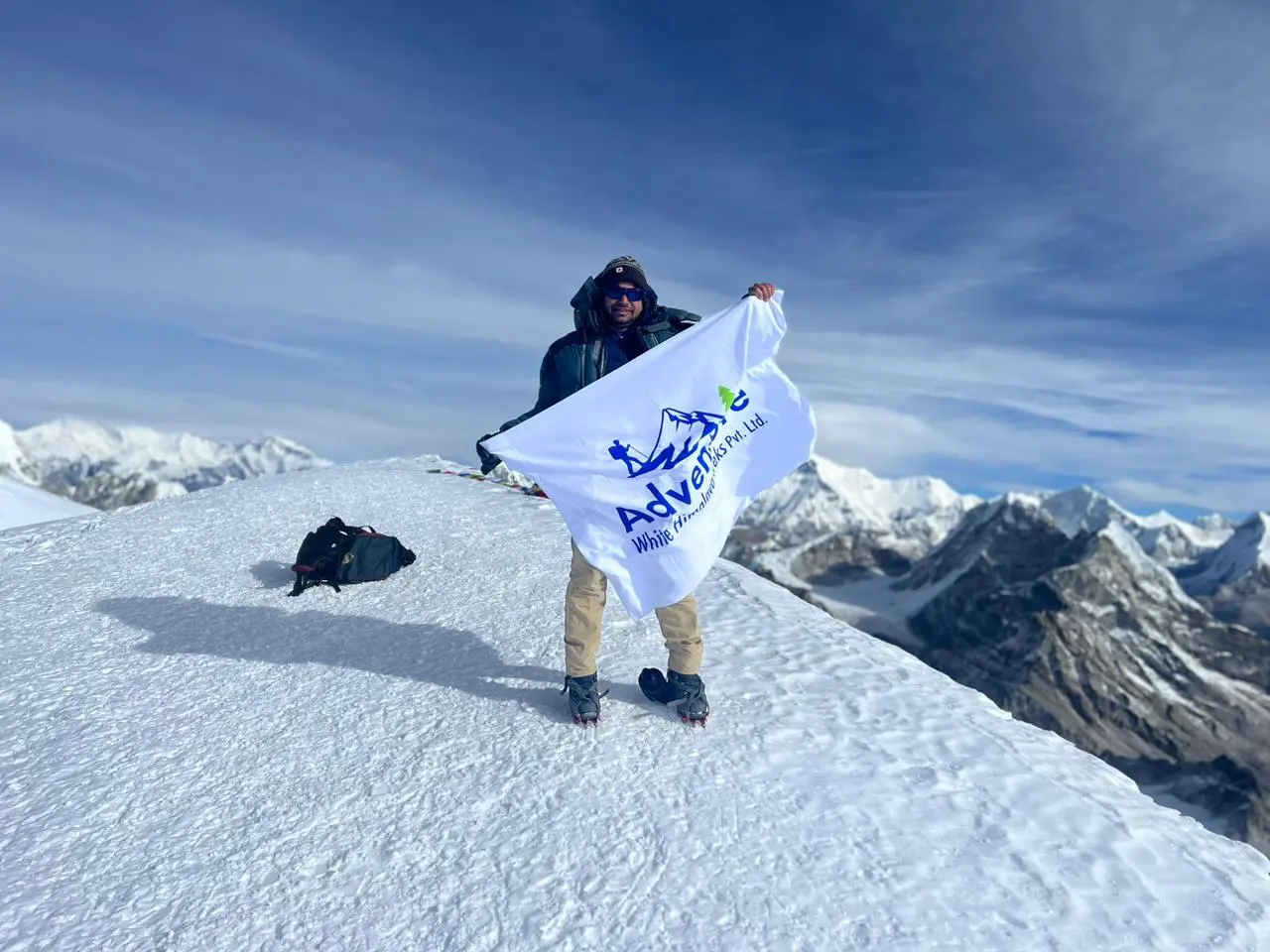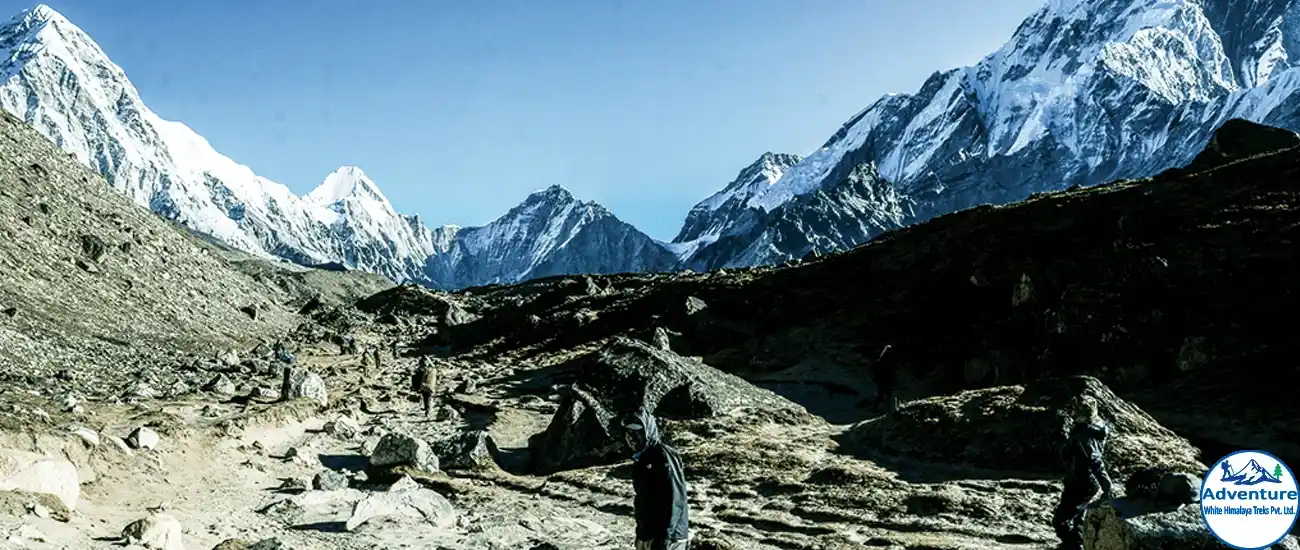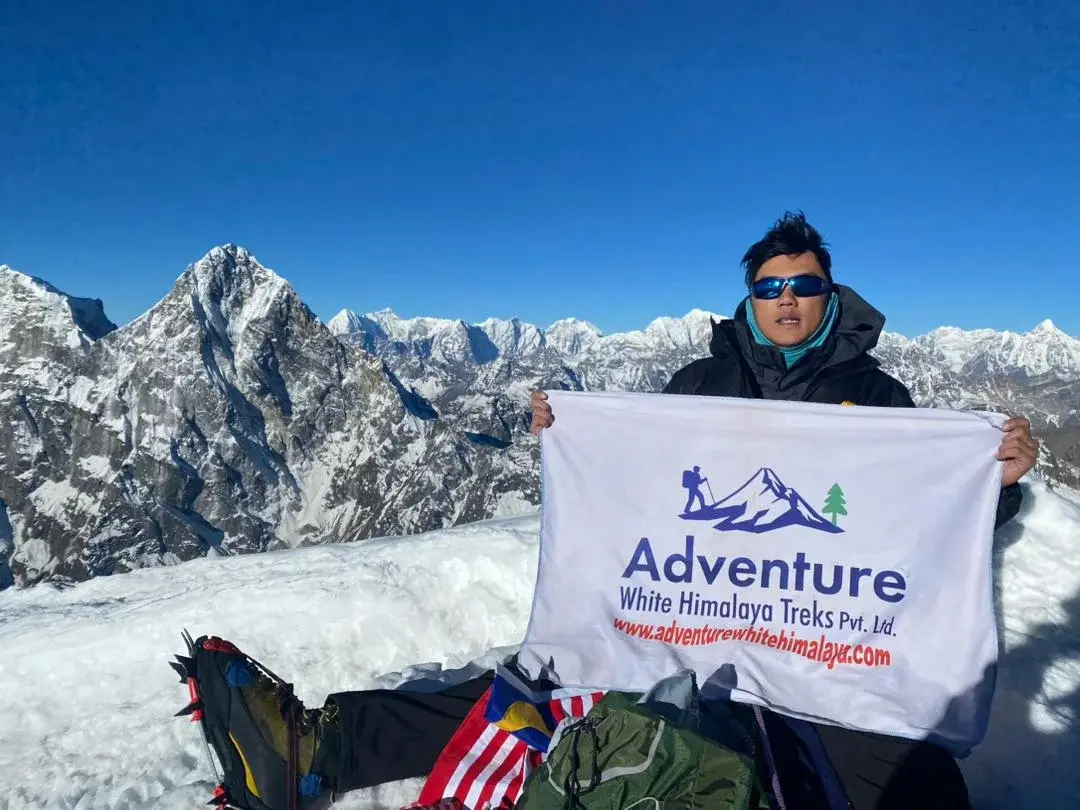Do you have any plans to visit Nepal?

Money Exchange in Nepal: A Complete Traveler’s Guide
Understanding Nepal’s Currency: The Basics of Nepalese Rupee (NPR)
When visiting Nepal, it’s important to understand the local currency, the Nepalese Rupee (NPR). The Rupee is the official currency of Nepal and is used everywhere for shopping, dining, transportation, and more. The symbol for Nepalese Rupee is “Rs,” and it’s commonly written as NPR when discussing exchange rates.
The Nepalese Rupee comes in both coins and colorful notes. The coins range from Rs. 1 to Rs. 5, but they aren’t used as often. Most transactions are done with paper bills, which come in denominations of Rs. 1, Rs. 2, Rs. 5, Rs. 10, Rs. 20, Rs. 50, Rs. 100, Rs. 500, and Rs. 1000. The notes feature images of important landmarks, historical figures, and native animals, making them interesting to look at!
Before traveling, it’s a good idea to check the current exchange rate for the Nepalese Rupee. Exchange rates can change daily, so it’s helpful to know how much your currency is worth. For example, 1 US dollar might be equal to around 130 NPR, but the rate can vary. Keeping this in mind will help you plan your expenses and get the most value when exchanging money in Nepal.
When using money in Nepal, it’s always better to carry smaller bills. Many small shops, restaurants, and taxis might not have change for larger denominations like Rs. 500 or Rs. 1000. Having a mix of small and large notes will make your trip much smoother.
By knowing the basics of the Nepalese Rupee, you’ll feel more confident handling money exchange in Nepal and enjoy your trip without any worries.
Best Places to Exchange Money in Nepal
If you’re traveling to Nepal, knowing the best places for money exchange in Nepal is super important. Having the right currency on hand can make your trip a lot easier. Let’s talk about where you can exchange money and what to expect.
Banks: A Safe and Reliable Option
Banks in Nepal are one of the best places for money exchange in Nepal. They are trustworthy and offer fair rates for most major currencies. Big banks like Nepal Rastra Bank and Himalayan Bank have branches in cities like Kathmandu and Pokhara. You’ll need your passport to exchange money at a bank, so don’t forget to bring it.
The downside? Banks are usually only open during weekdays, from 10 a.m. to 4 p.m., and they’re closed on public holidays. If you’re on a tight schedule, this might not be the most convenient option.
Authorized Money Exchange Counters: Convenient and Fast
In tourist areas like Thamel in Kathmandu and Lakeside in Pokhara, you’ll find lots of authorized money exchange counters. These are super handy because they’re open longer hours, sometimes even on weekends. They also let you exchange smaller amounts, which is great if you don’t need a lot of cash all at once.
The rates at these counters are pretty good, but it’s still smart to check a few places before you decide. Look for counters that display “authorized by Nepal Rastra Bank” to make sure they’re legitimate.
Airports: Only for Emergencies
You’ll find money exchange counters at Tribhuvan International Airport in Kathmandu, but they’re not the best choice unless it’s an emergency. The exchange rates at airports are usually less favorable, and you might end up paying extra fees. If you must exchange money at the airport, just exchange a small amount to get you through the first day.
ATMs: Another Option for Cash
If you don’t want to carry a lot of foreign currency, you can use ATMs to withdraw Nepalese Rupees. ATMs are easy to find in cities and tourist hubs. They’re a quick way to get cash, but watch out for fees! Most ATMs charge about 500 NPR per transaction, and your bank at home might also add international fees.
Tips for Choosing the Best Place
- Always compare rates before exchanging money. Even small differences can add up.
- Avoid exchanging money in small, unlicensed shops—they might not be reliable.
- Keep your receipt. You might need it to exchange leftover NPR back into your home currency.
By understanding the best places for money exchange in Nepal, you’ll save money and avoid stress during your trip. Whether you choose a bank, an authorized exchange counter, or an ATM, having local currency will help you enjoy Nepal to the fullest.
Tips for Getting the Best Exchange Rates
When traveling to Nepal, getting the best rates for your money is important. Nobody wants to lose out on extra cash when exchanging their currency. Here are some easy and helpful tips for making the most of money exchange in Nepal.
Compare Rates Before You Exchange
Exchange rates can vary a lot between banks, exchange counters, and other places. Before exchanging money, check a few different places to see who is offering the best deal. In tourist areas like Thamel or Lakeside Pokhara, you’ll find plenty of authorized exchange counters, so take your time to compare rates.
Avoid Airport Exchanges
While exchanging money at the airport is convenient, it usually costs more. The rates at airports are often lower than what you’ll find in the city, and there might be extra fees. If you really need cash when you land, only exchange a small amount to get started. Once you reach your destination, you can find better rates.
Keep an Eye on the Exchange Rate Trends
Exchange rates can change daily, so it’s smart to check them regularly. Apps and websites make it easy to track rates and see when it’s a good time to exchange your money. By staying updated, you can time your exchange to get a better deal.
Be Aware of Scams
Unfortunately, scams can happen during money exchange in Nepal. To avoid getting tricked, always use authorized exchange counters or banks. Look for signs that say “authorized by Nepal Rastra Bank.” If someone offers you a deal that seems too good to be true, it probably is. Always count your money carefully before you leave the counter.
Negotiate for Better Rates
In some cases, you can ask for a slightly better rate, especially at authorized exchange counters in busy tourist areas. While not all places allow negotiation, it doesn’t hurt to ask politely. If you’re exchanging a large amount of money, you might have a better chance of getting a small discount.
Exchange Small Amounts at a Time
Instead of exchanging all your money at once, do it in smaller amounts as you need it. This way, if the rate improves later, you can take advantage of it. Also, having small bills is very useful in Nepal because local shops and taxis often don’t have change for big notes like Rs. 1000.
Keep Your Receipts
When exchanging money, always ask for a receipt. If you have leftover Nepalese Rupees at the end of your trip, you might need the receipt to exchange it back into your home currency.
By following these tips, you can save money and avoid problems during your money exchange in Nepal. Being smart about your exchange will help you enjoy your trip without worrying about your budget.
Using ATMs and Credit Cards in Nepal
When you’re visiting Nepal, you might wonder if you can rely on ATMs and credit cards to handle your expenses. The good news is that both options are available in most cities and tourist areas. However, it’s important to know a few things to avoid surprises. Here’s a simple guide to using ATMs and credit cards during your trip and how they relate to money exchange in Nepal.
ATMs in Nepal: Easy to Find in Cities
ATMs are common in cities like Kathmandu and Pokhara, as well as in tourist spots along popular trekking routes. You’ll find them near banks, shopping centers, and busy streets. Many ATMs allow international withdrawals, but it’s a good idea to look for machines that display symbols like Visa, Mastercard, or Cirrus to ensure they work with your card.
Keep in mind that not every ATM works perfectly, especially in smaller towns or remote areas. It’s always smart to carry some extra cash just in case you can’t find a working ATM.
ATM Fees and Limits
Using ATMs in Nepal usually comes with fees. Most ATMs charge a withdrawal fee of around 500 NPR per transaction, and your home bank might also add international transaction fees. To save on fees, try to withdraw larger amounts at once instead of making multiple small withdrawals.
There’s usually a withdrawal limit, too. In Nepal, most ATMs allow you to take out a maximum of 35,000 NPR per transaction, but some have lower limits. Knowing this will help you plan your money exchange in Nepal more efficiently.
Credit Cards: Convenient but Limited
Credit cards are useful for big expenses like hotel stays, dining at high-end restaurants, or shopping in large stores. Most hotels and bigger shops in tourist areas accept cards, especially Visa and Mastercard.
However, smaller shops, local eateries, and taxis usually don’t take credit cards. For these, you’ll need cash. It’s also worth noting that many places charge an extra fee (2-4%) when you pay with a card, so cash is often the cheaper option.
Tips for Using ATMs and Credit Cards
Notify Your Bank: Before your trip, let your bank know you’ll be using your card in Nepal. This prevents your card from being blocked for suspicious activity.
- Carry a Backup Card: Sometimes, a card might not work at a specific ATM or shop. Having a second card can save you from trouble.
- Check for Hidden Fees: Read your bank’s terms to understand all fees for using your card abroad.
- Keep Small Bills Handy: Even if you’re using ATMs or cards, always have smaller bills for local transportation or markets.
Balancing ATMs, Cards, and Cash
While ATMs and credit cards are helpful, they can’t replace cash entirely in Nepal. Using a mix of methods for money exchange in Nepal will give you flexibility and peace of mind during your travels.
Safety Tips for Handling Money in Nepal
When you’re traveling in Nepal, keeping your money safe is very important. Whether you’re using cash, cards, or both, it’s good to know how to carry and store your money securely. Here are some easy safety tips to help you manage your money exchange in Nepal and keep your finances protected.
Divide Your Money
One of the easiest ways to keep your money safe is by dividing it into smaller amounts. Don’t carry all your cash in one wallet or bag. Instead, keep some in your wallet, some in a secure pocket, and the rest in your luggage or a money belt. This way, if something gets lost or stolen, you’ll still have backup cash.
Use a Money Belt or Hidden Pouch
A money belt or a hidden pouch is a great way to carry your cash and cards safely. These can be worn under your clothes, making it harder for thieves to access. When handling money exchange in Nepal, store your larger bills securely in your money belt and keep smaller amounts in your wallet for daily use.
Avoid Flashing Cash
Try not to take out a big stack of money in public. It’s best to count your cash discreetly and avoid showing large bills. This helps you stay low-key and makes you less of a target for pickpockets.
Choose Safe Locations for Exchange
When you’re exchanging money, always use authorized exchange counters or banks. Look for places that are busy, well-lit, and located in safe areas. Avoid using random or shady-looking counters, as they might try to cheat you. Reliable spots for money exchange in Nepal will clearly display their rates and have proper receipts.
Be Cautious with ATMs
If you need to withdraw money, use ATMs located inside banks or secure areas. Avoid using ATMs in dark or deserted places, especially at night. Always shield the keypad with your hand when entering your PIN, and double-check your surroundings for safety.
Keep Your Money in a Safe Place
When you’re not using your money, store it in a safe place. Many hotels in Nepal offer lockers or safes in the rooms. Use them to store extra cash, your passport, and other valuables. Carry only the money you need for the day when heading out.
Be Prepared for Emergencies
Always have some emergency cash stored in a separate spot, like in a hidden pocket or your luggage. This can be a lifesaver if you lose your wallet or face an unexpected situation.
Use Digital Payment Options Carefully
While cash is king in Nepal, some places accept digital payments or cards. If you use a card, make sure it’s swiped in front of you and keep an eye on your account for any unauthorized charges.
By following these tips, you can stay worry-free when handling money exchange in Nepal. Being careful and prepared will help you enjoy your trip without financial stress.
Conclusion
When you’re traveling in Nepal, managing your money well is very important. Knowing how money exchange in Nepal works will help you have a smooth and safe trip. There are many ways to get local currency, like using ATMs, exchange counters, or banks. Always check the rates at different places to get the best deal and avoid exchanging money at airports, as their rates are usually not as good.
Using ATMs and credit cards is also easy, especially in big cities like Kathmandu and Pokhara. However, ATMs might charge fees, and not all places accept credit cards. It’s smart to carry some cash, especially in smaller towns or remote areas where cards may not be accepted. Be careful when using ATMs by checking for hidden fees and always keeping your card information safe.
When you exchange money, try to divide your cash into smaller amounts and keep it in a secure place. A money belt or hidden pouch is a good option for carrying your money safely. Also, be careful when using exchange counters – always choose authorized places and avoid scams. If you need extra money, look for trusted banks or exchange counters.
To keep your money safe, don’t flash cash in public, and be aware of your surroundings. Use digital payment options wisely, and always keep emergency money in a safe spot just in case.
By following these simple tips for money exchange in Nepal, you can avoid problems and enjoy your trip without worrying about money. Safe handling of your cash and cards will help you have a fun and worry-free adventure in Nepal!



